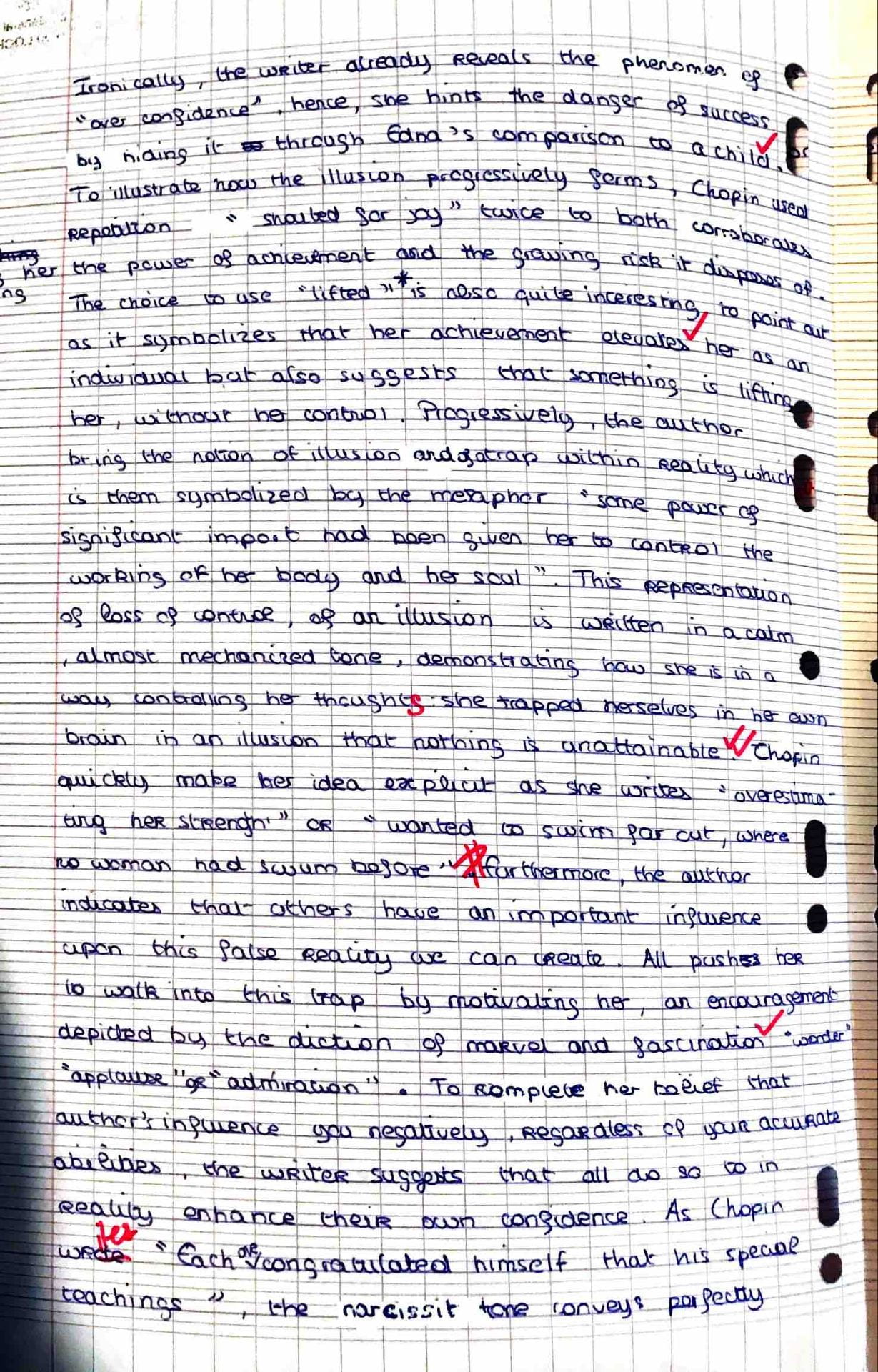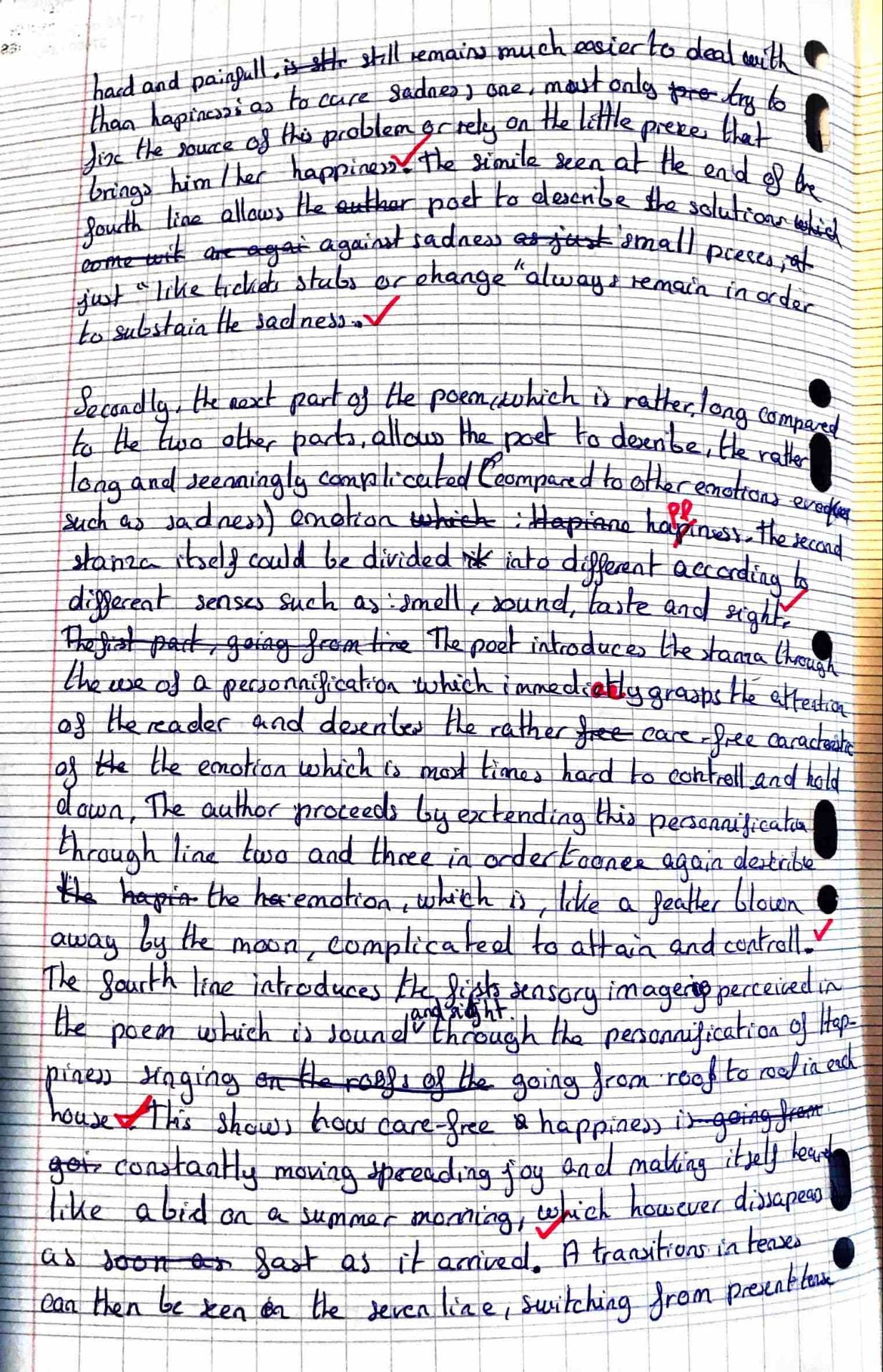https://docs.google.com/document/d/1IyoO6dcJY4pe0pc4o1v-d3yJkpUDSHhYMUyE-IGvlyw/edit?usp=sharing
Monthly Archives: January 2021
Intimate Apparel: Class Discussion on Themes and Links
THEMES
Independence + feminism / society’s expectations for women — gender roles and stereotypes — marriage
pg. 60 “You understand why I would rather not be divorced, at my age it would be proved disasterous”
Money and the American Dream
Relationships and friendships of women/solidarity
Power of silence and the unsaid — Communication / Miscommunication
pg 61 — “Esther wants to say something but she can’t quite find the words” (to Mr Marks)
“thank you for not asking” Esther to Mrs Dickson
Social class, discrimination, and racism
Work, craft, and the importance of hands — art
“DON’T! This quilt is filled with my hard work, 100 dollars every year I have been seated at my sewing machine”
Touch and the senses
Sex
Religion
Forbidden Love
The One and Only Ivan
https://www.youtube.com/watch?v=ieS2DsrDh18
1° Euro History: World War One
Introduction to WW1
Following the assassination of Franz-Ferdinand, heir to the Austro-Hungarian Empire, in June 1914 at Sarajevo, a system of alliances brought all of Europe into a state of war within six weeks.
- Between August and December 1914, it was a war of movement as the states launched massive offensives.
- Since no side gained a decisive victory, each side dug trenches and it became a war of positions for the next three years.
- In 1917, revolutionary Russia pulled out of the war and the USA entered on the side of the Allies. In spring 1918.
- It again became a war of movement on the western front until an armistice was signed on 11th November 1918.
Introductory PowerPoint:
WW1 in colour: episode one:
Oral Comprehension Worksheet Part One
World War One Episode One Worksheet
Document for the immediate causes of WW1 and homework (including questions):
World War One in colour, episode 2:
And the clowns have all gone to bed
You can hear happiness staggering on down the street
Footprints dressed in red
Up the broken pieces of yesterday’s life
Somewhere, a queen is weeping
Somewhere, a king has no wife
And shine their emptiness down on my bed
The tiny island sags downstream
‘Cause the life that lived is dead
The names it has blown in the past?
And with this crutch, its old age and its wisdom
It whispers, “No, this will be the last”
“Do not stand at my grave and weep” by Mary Elizabeth Frye
Do not stand at my grave and weep
I am not there. I do not sleep.
I am a thousand winds that blow.
I am the diamond glints on snow.
I am the sunlight on ripened grain.
I am the gentle autumn rain.
When you awaken in the morning’s hush
I am the swift uplifting rush
Of quiet birds in circled flight.
I am the soft stars that shine at night.
Do not stand at my grave and cry;
I am not there. I did not die.
Annotation
What is poetry?
Intimate Apparel Guide
Perfect Paragraph Practice

In Hopkins’ poem “The Caged Skylark,” Hopkins uses extended metaphor to illustrate the hopefulness of resurrection.
Furthermore, Hopkins uses sounds to paint his hopeful message. For example, both heavy alliteration and light alliteration to illustrate the contrast between the constraint of the body and the freedom of the spirit.
OIB Essays Examens Blancs Student Samples
General Comments:
–annotate your paper
–make a very specific thesis
–link back to the question
–don’t be afraid to start a new paragraph
–always reference specific examples AND style/techniques/language/what the author is doing
–dig deep
–avoid SUMMARY
–use synonyms
–organize your time.
OIB Essay rubric NOV 2015 revised (2)
OIB Commentary rubric NOV 2015 revised
















